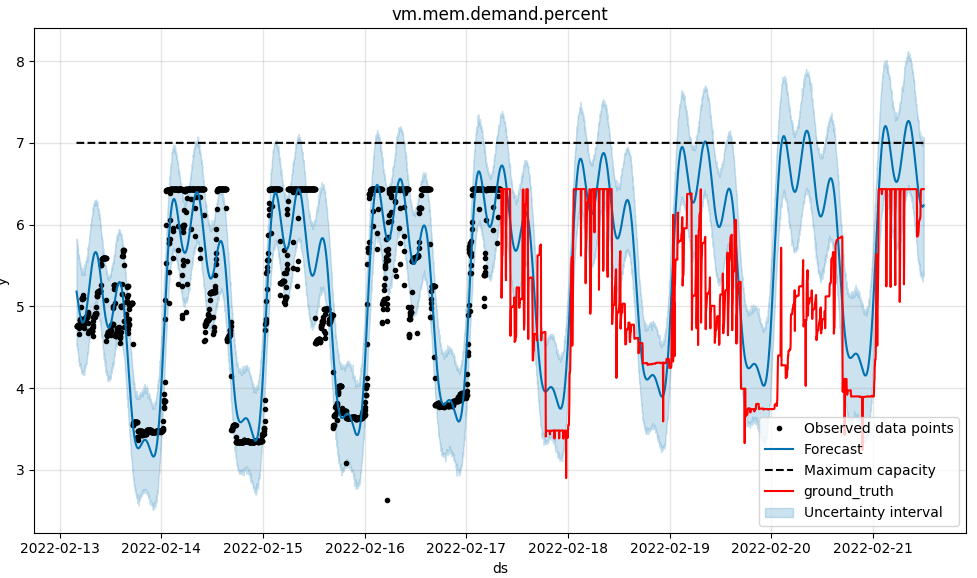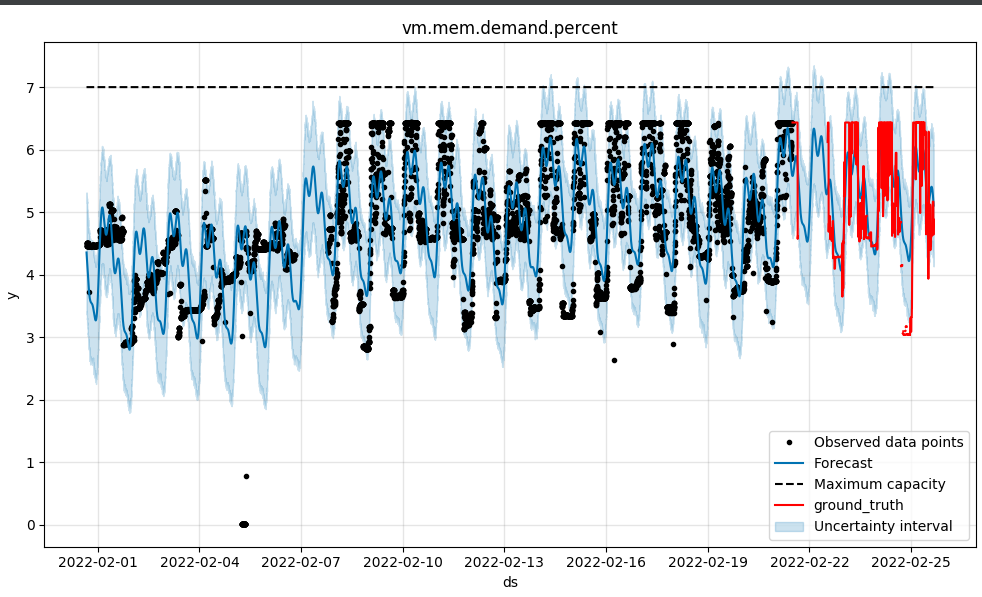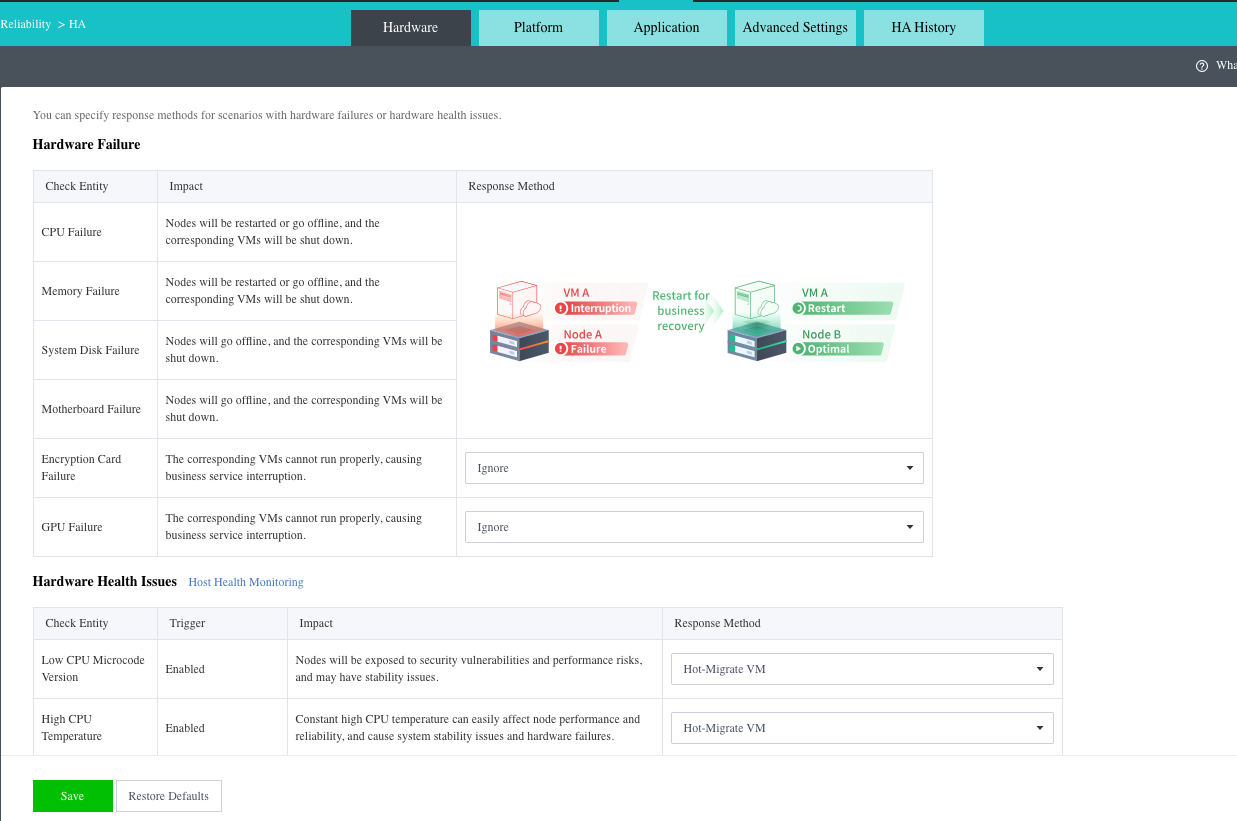Sangfor HCI has long been renowned for its powerful virtualization capabilities, including features like Dynamic Resource Scheduling (DRS) and High Availability (HA). Now, with the release of version 6.10.0, Sangfor has taken these core functionalities to the next level, infusing them with new intelligence to ensure unmatched resource efficiency, performance, and business continuity.
DRS 2.0: Proactive Resource Balancing
Dynamic Resource Scheduling (DRS) has been a key feature of Sangfor HCI since its debut in 2015. While the original DRS implementation (DRS 1.0) was effective in balancing cluster resources and migrating VMs to avoid hotspots, it lacked the ability to predict resource utilization trends and optimize scheduling decisions accordingly.
Sangfor HCI 6.10.0 introduces DRS 2.0, also known as Proactive DRS, to address these limitations. The foundation of DRS 2.0 is an advanced AI-based resource prediction algorithm that can forecast resource usage patterns for the next 12 hours, with a granularity of 10-minute intervals. By analyzing the most recent five days of data, this algorithm is capable of identifying periodic patterns and growth trends, allowing DRS 2.0 to intelligently schedule workloads across nodes before resource imbalances occur.


Blue line represents forecast result and black line represents actual value
To further optimize the scheduling process, DRS 2.0 leverages a unique scoring mechanism for VMs and hosts based on their performance and reliability. This ensures that scheduling decisions not only balance resources but also prioritize the most critical and stable workloads. Users can also choose between a performance-balanced mode and a cost-optimized mode, depending on their business requirements.
HA 2.0: Proactive Failure Prevention
High Availability (HA) has long been a strength of Sangfor HCI, providing seamless failover and business continuity in the event of system or hardware failures. However, traditional HA (HA 1.0) primarily focused on handling failures reactively, often resulting in temporary downtime during the VM restart process.
Sangfor HCI 6.10.0 introduces HA 2.0, a proactive approach to high availability. HA 2.0 employs comprehensive monitoring across hardware, platform, and applications to detect potential issues before they escalate into full-blown failures. Using advanced anomaly detection algorithms, HA 2.0 can identify leading indicators of problems, such as persistent CPU overheating, and proactively migrate VMs to healthier nodes to prevent downtime.

Comprehensive monitoring and detection dimensions for HA
A key component of HA 2.0 is the RightSize feature, which determines whether a VM can be powered on based on the available computational memory on the host. This ensures that VM relocations are seamless and do not compromise performance or reliability.
Infusing Intelligence, Elevating Reliability
With the introduction of Proactive DRS and Proactive HA, Sangfor HCI 6.10.0 represents the most stable and reliable version of the platform to date. By infusing intelligence into resource scheduling and high availability, Sangfor has empowered organizations to maintain peak performance and business continuity, even in the face of dynamic resource demands and potential system failures.
To learn more about all the new capabilities and upgrades of Sangfor HCI 6.10.0, join us in the version launch webinar or reach out to your local Sangfor sales representative today.


